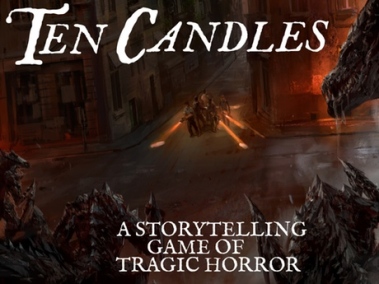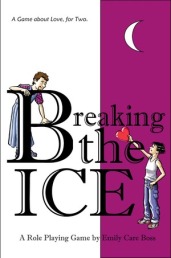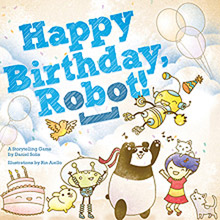
I’m slowly working my way through the first Bundle of Holding I obtained (first of many), and it’s time to review Ladykillers by Matt Snyder, one of the games in the Bundle that I’m most interested in. It features a pitch that could easily be run in most other systems – wronged women return from the grave with magic powers to hunt monsters – but its native system is quick, simple and flavourful.
Content warning: this is a game where you will want to discuss permitted content. One of the character generation questions involves suicide, and obviously given the subject matter, which is very much in the genre of female-centric revenge thriller, there is a lot of potential for upsetting themes to come up. Continue reading








 I have spent a long time saying I wanted to play Annalise and never getting around to it, another trophy from the Bundle of Holding. I’m a huge fan of the Gothic and of vampire stories, and Annalise is a fascinating take in a potentially over-populated genre.
I have spent a long time saying I wanted to play Annalise and never getting around to it, another trophy from the Bundle of Holding. I’m a huge fan of the Gothic and of vampire stories, and Annalise is a fascinating take in a potentially over-populated genre.  Heroine is a story game for 3-6 players in which a young female character undertakes a magical journey and fights through obstacles to confront the antagonist…and herself. Inspired by Labyrinth, Spirited Away, MirrorMask, The Wizard of Oz and many similar stories of human girls in fantastical worlds, one player in Heroine takes on the role of the Heroine, one the Narrator and any others the Heroine’s quirky Companions who help her through her journey.
Heroine is a story game for 3-6 players in which a young female character undertakes a magical journey and fights through obstacles to confront the antagonist…and herself. Inspired by Labyrinth, Spirited Away, MirrorMask, The Wizard of Oz and many similar stories of human girls in fantastical worlds, one player in Heroine takes on the role of the Heroine, one the Narrator and any others the Heroine’s quirky Companions who help her through her journey.